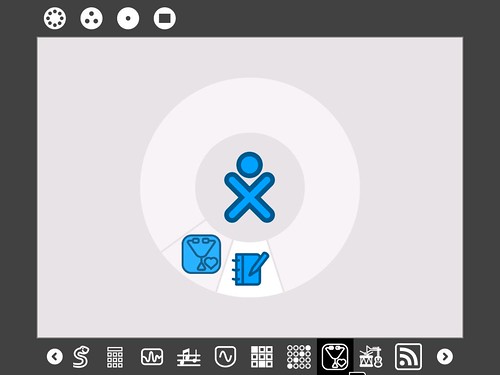http://wiki.laptop.org/go/OLPC_Thailand/Ban_Samkha/trial-200705
Two pilot programs initiated under the support of Her Royal Highness Princess Maha Chakri Sirindhorn. As per the Princess's request, 100 XOs were deployed to two non-constructionist schools in Nakhon Nayok (suburbs of Bangkok). Students from Grades 4 and 5 participated and discussion of out-of-classroom activities began. Instructors and students would like to study the conditions of their local rivers.
http://groups.google.com/group/olpc-thailand/web/20071201-nakhon-nayok-schools
Both sites would be excellent candidates to launch our preliminary prototypes. The primary focus on these pilots would be education rather than social impact. Given the age range of these pilots it would be a steep learning curve, but we can re-evaluate the situation once the children vest their interests.
Bangkok - Ashoka Youth Venture
http://ashoka.org/youthventure
A partnership with Ashoka could provide an excellent opportunity to see the merits of the XO platform with an older student group. Also with Youth Venture's focus on youth and the community we can inspire youth to think about entrepreneurship in the context of creating social benefit. With the XO's mobility and intuitive interfaces, we can create a level playing field, both an easy ability to access the environment and low barriers to participation. Access which is a key element of the OLPC project meshes resonates well with the goals of Youth Venture. Ashoka also has a wealth of Fellow mentorship resources, specifically in the field of Health.
Youth Venture has a structured process that includes project selection panels, seed funding allocations, continual fellow mentorship, and workshops for the youth. We must initiate discussions with the Health fellows and perform some needs assessments to develop specific applications that can address some of the health-related issues.
"Health Ashoka Fellows will not be the scientists seeking cures in the laboratories, or
even the clinical practitioners seeking to deliver inoculations and care. Rather, Ashoka Fellows will identify and develop low-cost yet high-impact strategies to deliver health care, educate populations to prevent the spread of disease, and incorporate into society populations previously excluded by the shame associated with their disability. The overlap between poverty and poor public health is well-established. Many Ashoka Fellows have not only recognized that their region cannot afford an individual-care models, but have launched alternative models of self- and community-care."
We also need to identify a local school partner to introduce our activity and get preliminary Human Computer Interaction feedback.

